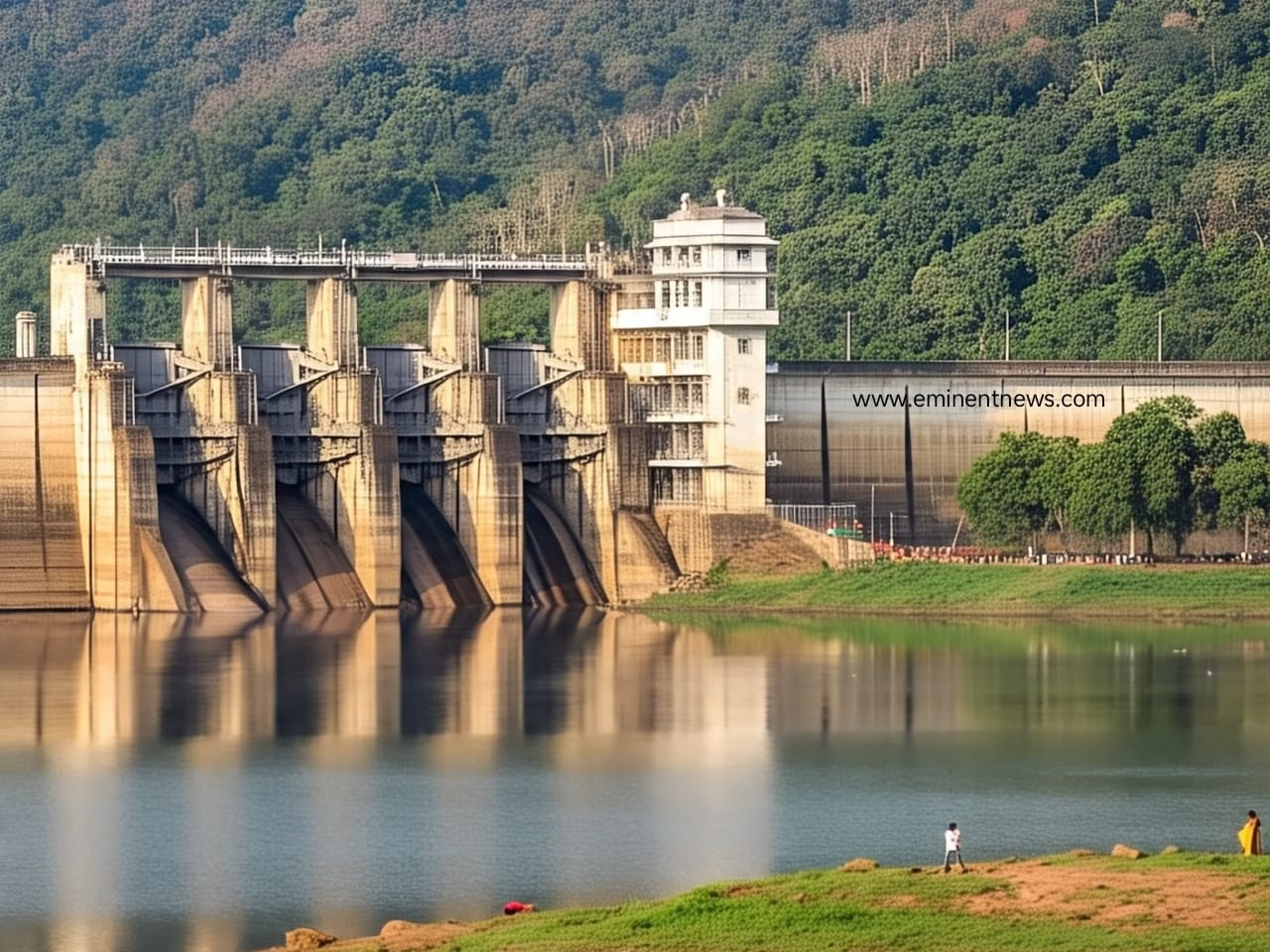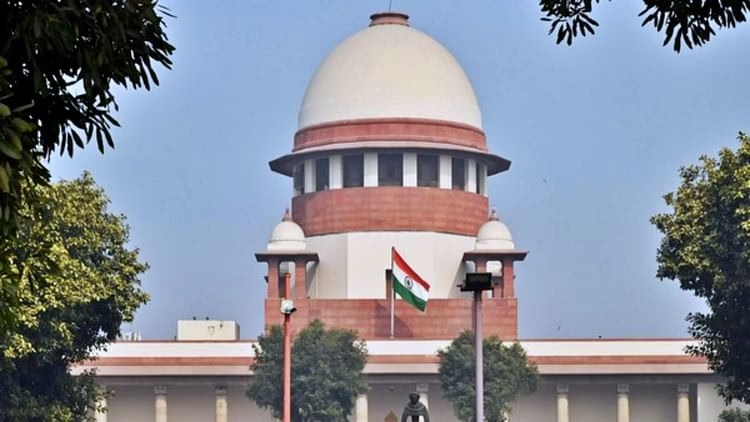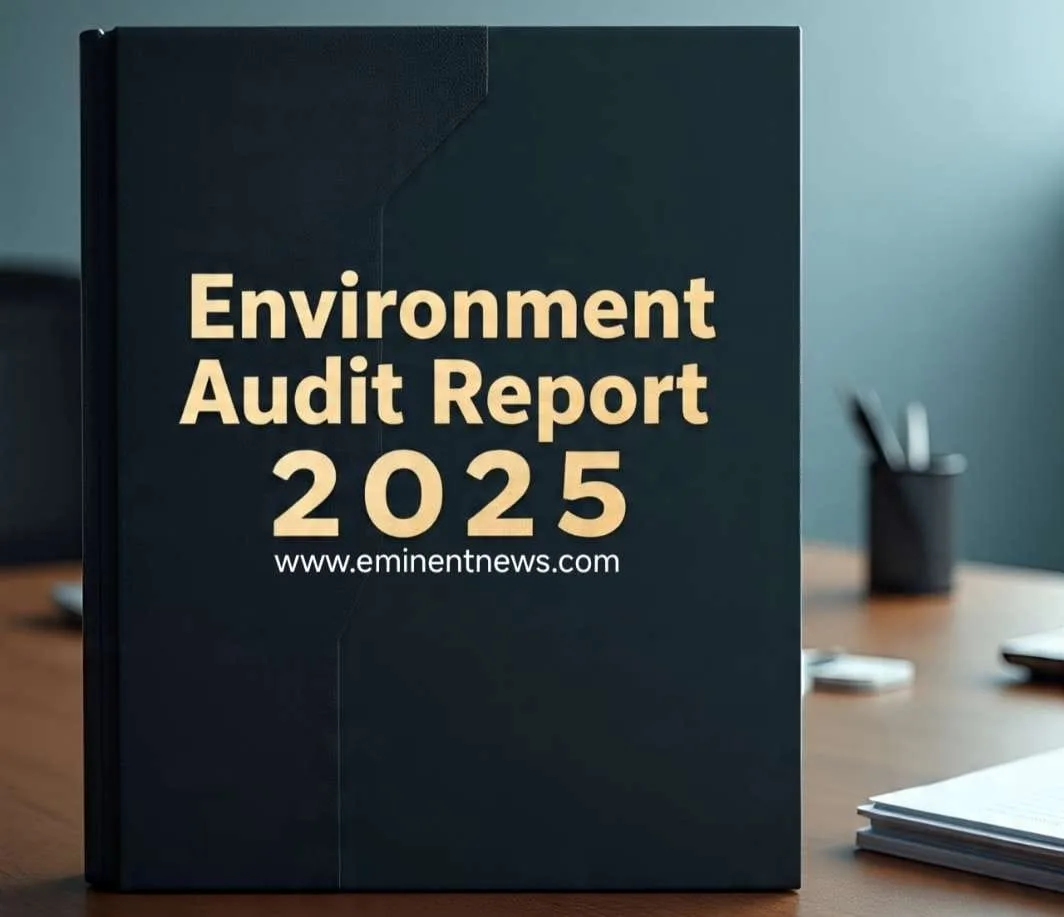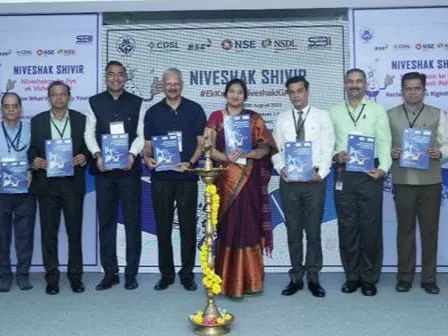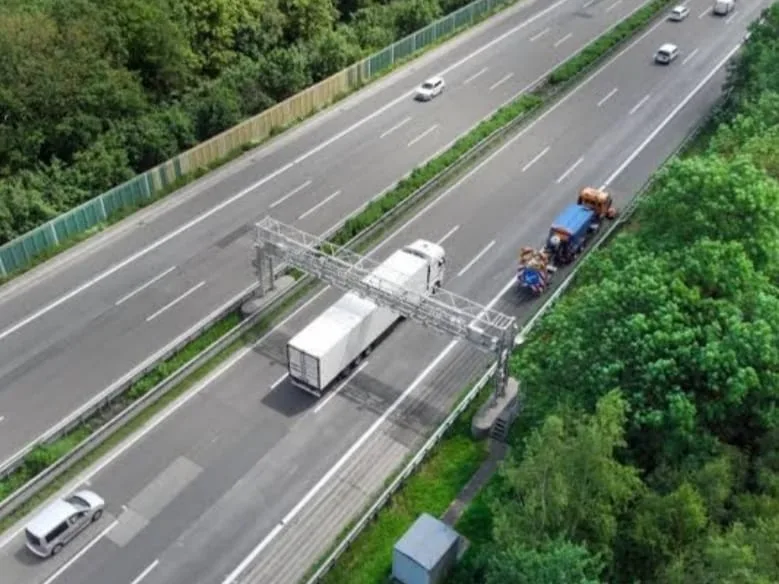The Mullaperiyar Dam issue is an inter-state dispute between Tamil Nadu and Kerala over the ownership, safety, water sharing, and maintenance of the Mullaperiyar Dam. The dam, built in 1895 on the Periyar River in Kerala but managed by Tamil Nadu, is crucial for irrigation and drinking water in Tamil Nadu, while Kerala is concerned about the safety of the aging dam and the potential flood risk to people living downstream.
Detailed Explanation
Historical and Legal Background
- Constructed: 1887–1895 by the British under a 999-year lease agreement between the Maharaja of Travancore (Kerala) and the British-ruled Madras Presidency (now Tamil Nadu).
- Purpose: Divert water eastwards from Kerala’s Periyar River to irrigate Tamil Nadu’s dry regions.
- Current Control: Although the dam is entirely in Kerala, Tamil Nadu manages it per the lease agreement.
Origin of Dispute
- Legal Challenges: Kerala contests the validity and fairness of the 1886 lease post-independence, but courts, including the Supreme Court, have repeatedly upheld Tamil Nadu’s rights.
- Safety Concerns: In 1979, tremors and reports of leaks/cracks in the dam led Kerala to demand lowering the reservoir level citing earthquake vulnerability; the region is seismically active.
- Central Involvement: The Central Water Commission and Supreme Court repeatedly examined the dam’s condition and water levels.
Current Positions
- Tamil Nadu’s Stand:
- Asserts the dam is safe (having undergone multiple repairs and strengthening).
- Relies on the dam for irrigation, drinking water, and hydroelectric power for five southern districts.
- Accuses Kerala of delaying maintenance and obstructing water storage above 136 feet.
- Supreme Court verdicts in 2006 and 2014 uphold Tamil Nadu’s right to maintain water up to 142 feet after strengthening measures.
- Kerala’s Stand:
- Calls the dam too old (~130 years) and structurally vulnerable to earthquakes and floods.
- Fears catastrophic flooding threatening 3.5 million people downstream if the dam fails.
- Demands construction of a new dam and a reduction in the current water level for safety.
- Passed state laws overriding Supreme Court orders, which the Court struck down as unconstitutional.
Judicial and Institutional Interventions
- Supreme Court (2006, 2014):
- Allowed raising water level to 142 feet, dismissed Kerala’s safety laws, and mandated a three-member Supervisory Committee for periodic dam safety inspections including representatives from Tamil Nadu, Kerala, and the Central Water Commission.
- Expert Committees:
- Most technical reports and expert committees (including those appointed by the Supreme Court) have found the dam safe after repairs, though a minority of reports point to potential seismic risks.
- Dam Safety Act, 2021:
- Enacted in response to nation-wide dam safety concerns;
- Mandates regular surveillance, maintenance, creation of dam safety authorities;
- For dams like Mullaperiyar (situated in one state, operated by another), national-level authorities have regulatory powers.
Recent Developments
- Supreme Court continues to supervise the issue, recently strengthening the role of the National Dam Safety Authority (NDSA) for unresolved safety and operations disputes.
- Both states frequently approach the Court, with Tamil Nadu alleging obstruction of repair/maintenance by Kerala, and Kerala pressing for stricter safety and a new dam.
Environmental and Social Implications
- Disaster Risk: A dam breach could lead to massive flooding in the Periyar and Idukki districts, threatening wildlife reserves like the Periyar Tiger Reserve and millions of people.
- Water Security: The dam is a lifeline for farming and drinking water in southern Tamil Nadu.
- Political Mobilization: Both states routinely leverage the issue for regional political purposes, heightening tensions and sometimes leading to social unrest.
Way Forward and Solutions Suggested
- Strengthen supervisory committees and ensure transparent safety audits by independent/neutral technical panels.
- Explore constructing a new dam or alternative water-sharing and safety strategies if both states can agree.
- Improve inter-state cooperation with the Central Water Commission’s active guidance and oversight.
- Reduce sole dependency by exploring alternative water sources.
Summary Table
| Aspect | Tamil Nadu | Kerala |
|---|---|---|
| Control/Right | Operates dam per 999-year lease | Dam physically in Kerala; seeks safety |
| Main Concern | Water security, irrigation, tradition | Safety, seismic risk, flood threat |
| Legal Stance | Supreme Court favours operational rights | State laws to keep WL at 136 ft |
| Current Water Level | Wants 142 ft as per SC | Wants 136 ft limit |
Summary:
The Mullaperiyar Dam dispute is a classic and complex inter-state water conflict involving legal, environmental, engineering, and federal issues, balancing Tamil Nadu’s urgent water needs and Kerala’s crucial safety concerns. Despite repeated Supreme Court mediation and technical assessments concluding the dam is presently safe, the issue remains unresolved due to persistent mistrust, political mobilization, and the ever-present risk perception among Kerala’s population.
For sustainable resolution, scientific safety audits, transparent reporting, inter-state cooperation, and legal compliance with dam safety laws are critical moving forward.
for social issue click www.eminentnews.com

